Safe drinking water flowing to rural Tibet
Updated: 2023-09-14 By Daqiong and Palden Nyima in Lhasa (chinadaily.com.cn)  Print
Print 


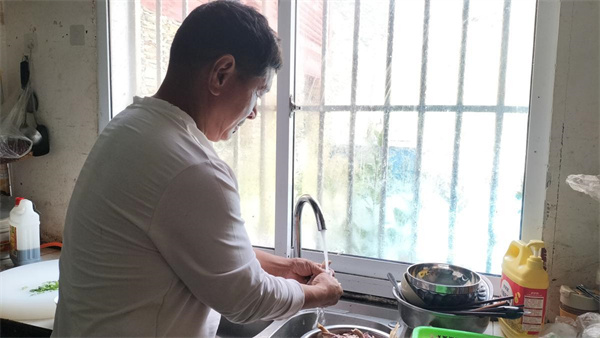
Residents of Sangtha village in Zayul county of the Tibet autonomous region can get safe running water inside their homes. [Photo by Ma Chuanqiu/For chinadaily.com.cn]
Increasing numbers of rural residents in the Tibet autonomous region have been benefiting from water supply projects and safe drinking water because of government water conservation projects.
Over the past two decades, the region has spent more than 6.42 billion yuan ($882 million) on rural water supply projects. The heavy investment has been used to address water supply problems in the rural areas, CCTV reported.
Measures include the laying of pipelines for drinking water and constructing mechanical and electrical wells, photovoltaic wells, and large wells to improve the water supply conditions.
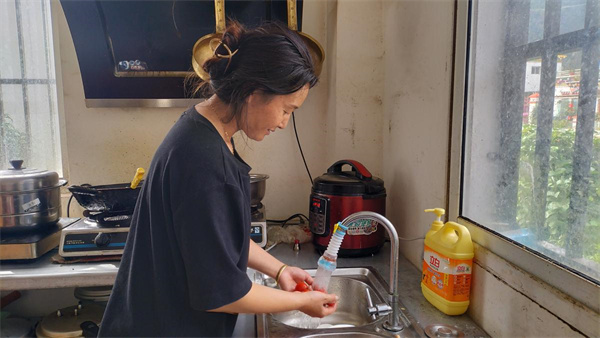
Residents of Sangtha village in Zayul county of the Tibet autonomous region can get safe running water inside their homes. [Photo by Ma Chuanqiu/For chinadaily.com.cn]
Thanks to the government's efforts and investments, more than 28,200 rural drinking water safety projects have been completed, benefiting nearly 778,600 residents. All rural areas of the region are covered by rural safe drinking water projects.
Tibet has been long known as the Water Tower of Asia because of its annual snowpack, but because of the uneven distribution of water resources and weak infrastructure, rural residents have for a long time been facing difficulties obtaining drinking water.
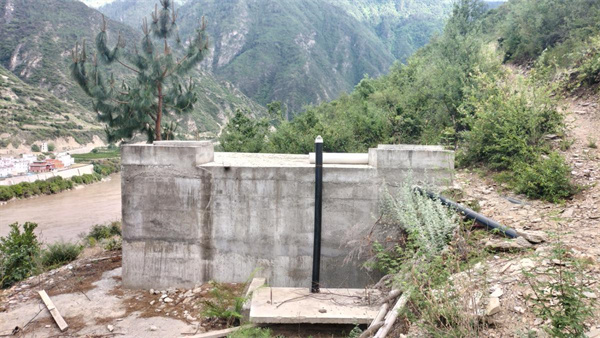
A safe drinking water project brings water to Sangtha village in Zayul county in the Tibet autonomous region. [Photo by Ma Chuanqiu/For chinadaily.com.cn]
Unlike the past, however, drinking water in the region's rural areas has undergone a qualitative leap. Changes have come, from centralized public water supply points to tap water in households, from surface water supplies to underground supplies, and from intermittent supplies to full-time supplies.
In the past, rural residents in some places had to drill holes in ice to get to water. They fetched water by traveling long distances, and they faced seasonal water shortages in high altitude areas.
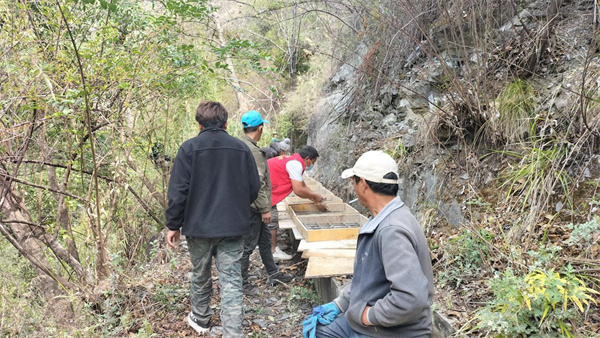
Cover plates have been added on top of water channels to prevent the entry of debris or damage from landslides in Sangtha village of Zayul county, Tibet autonomous region. [Photo by Ma Chuanqiu/For chinadaily.com.cn]
Nowadays, the operation and management mechanism of the rural water supply in the region is steadily improving. More rural residents receive clean running water.
As of the end of last year, the popularization rate of rural tap water has increased to more than 66 percent.
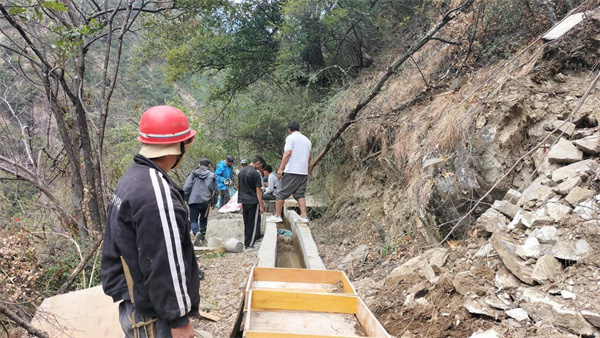
Cover plates have been added on top of water channels to prevent the entry of debris or damage from landslides in Sangtha village of Zayul county, Tibet autonomous region. [Photo by Ma Chuanqiu/For chinadaily.com.cn]








